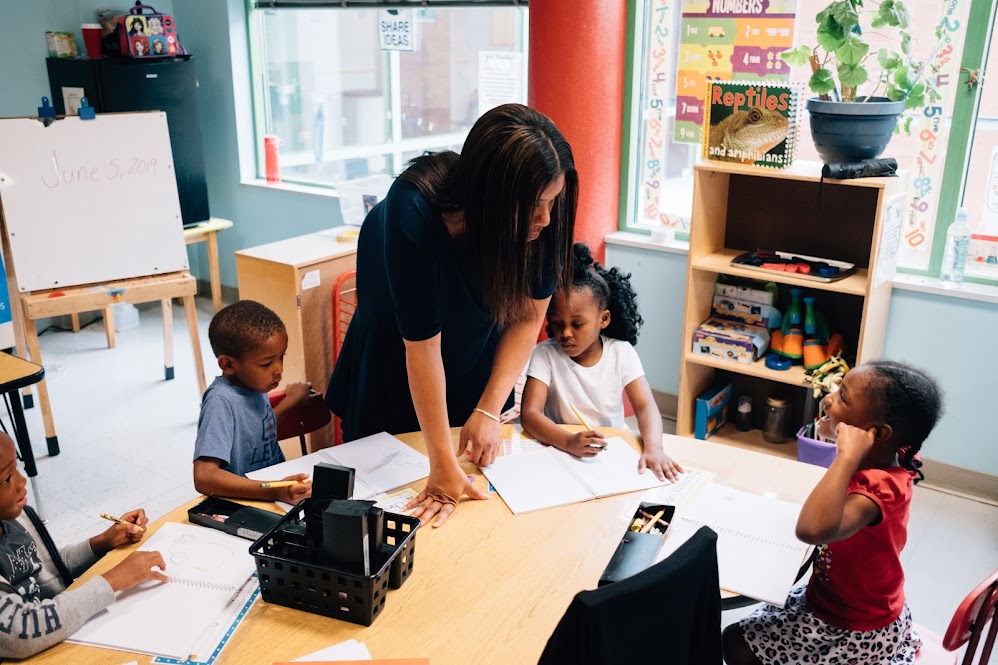This post is the third of a three-part series on the simple human interactions that make learning possible. The series is co-authored by Junlei Li, Kelly Martin, and Kalani Palmer. Click here to read parts one and two.
Part Three: Technology that enriches, rather than replaces, human interactions
Sometimes an innovative learning idea will go beyond a one-time exposure or a one-afternoon experience. It can become embedded within the extended and intimate relationships children have already formed with the adults near them. The “Baby Promise” project, funded through a Spark award from The Sprout Fund, was delivered through a home-visiting program for parents and young children. The project sought to promote creative and constructive use of new technology, like touchscreens, in the early development of young children.
This three-minute video captures what a typical home visit looked like:
The larger goal of the home-visiting program was to help parents make the most of the limited time they have to connect with their children in learning and play. Activities included reading, learning through play, and learning through structured activities like tracing letters or numbers. Such programs promote the idea that parents are the first and most important teachers for their children.
Parents are the first and most important teachers for their children.
The best kind of teaching and learning relationship between a parent and child is often characterized by the simple, reciprocal, and responsive interactions we have seen in other Remake Learning programs. In this context, parent and child are in tuned, engaged, and connected with each other.
While there has been wariness and ambivalence among professionals and parents to introducing digital devices into young children’s lives, the inclusion of technology into this home visit appear to enhance the rich interactions already taking place. We can observe the connection between the young mother and child in this three-minute video.
When something like a touchscreen device is carefully and intentionally included in the home learning environment, it becomes a tool to engage parent and child. The playful interaction between the mother and child over a physical book and a digital book is similarly powerful.
Sometimes the new device offers something for the child that is unavailable in traditional contexts. As you might have noticed in the video, the child had a chance to master something at her own pace, and could even take the lead as she surpassed her parent in skill. Consider the child being asked to trace her ABCs on a piece of paper in the previous video. The task was led by the parent and home visitor–the child simply complied and happily sought the approval and encouragement of both adults. Now consider the child going through the “doctor” game with self-assured confidence and “teaching” her mom to follow her lead. In both cases, the physical tasks are tracing and fine-tuning the motor movements that lead to writing. However, in the touchscreen task, the child was in charge more readily than in the traditional learning tasks.
In our efforts to “remake” learning, using the tools available to promote simple interactions between children and teachers gets us closer to promoting the “essential” in family growth. The question is no longer “should a young child play with a new device?” It is, “How might any tool (books, crafts, electronics) be used to promote the positive and mutual interactions between the child and her teacher(s)?”
Sponsors and Partners
This three-part series is supported by the Sprout Fund, the Grable Foundation, and the R.K. Mellon Foundation, and conducted with partnerships among the Fred Rogers Center, Sprout Fund, and University of Pittsburgh Office of Child Development.
